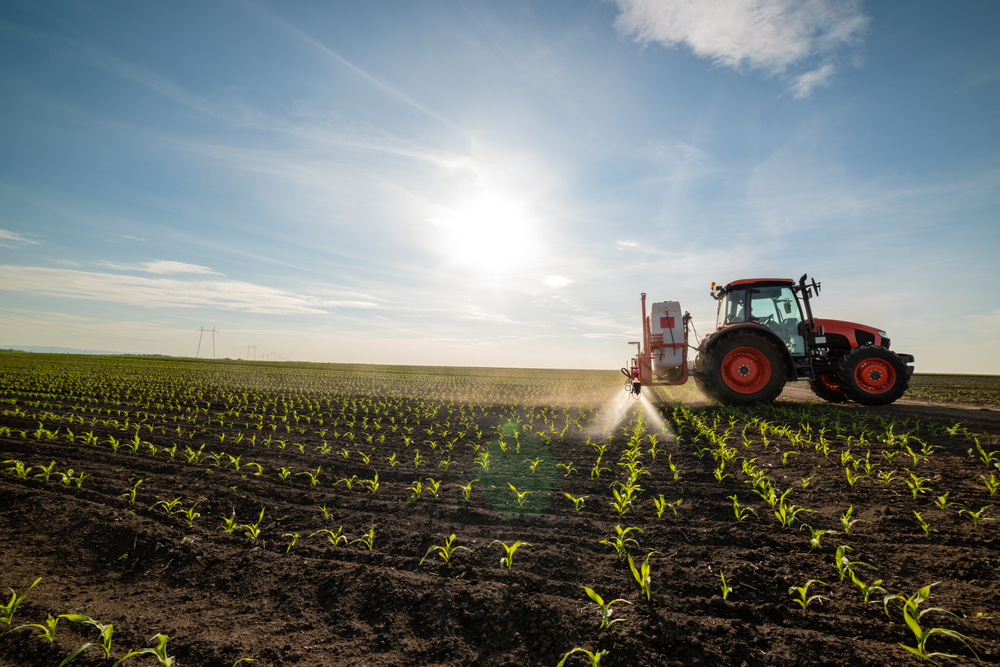
Australian agriculture has long been a significant contributor to the country's economy. However, the rising concern about climate change poses formidable challenges to this vital sector. This article explores the impact of climate change on Australian agriculture and its subsequent effects on the country's Gross Domestic Product (GDP).
Climate Change in Australia
Climate change refers to long-term alterations in weather patterns and is primarily caused by greenhouse gas emissions. In Australia, both historical data and future projections indicate the presence of substantial climate change trends, including increased temperatures and altered precipitation patterns.
Effects of Climate Change on Australian Agriculture
The effects of climate change on Australian agriculture GDP are profound and multifaceted, with potential consequences for both crops and livestock.
Changes in Temperature Patterns
Rising temperatures, manifested through heat waves and extended periods of extreme heat, have a significant impact on crop production. Heat stress negatively affects crop yields, leading to economic losses for farmers. Additionally, shifts in suitable growing regions pose challenges for farmers as they must adapt to new conditions.
Changes in Precipitation Patterns
One of the significant impacts of climate change on Australian agriculture is the alteration of precipitation patterns, which brings about new challenges for farmers and their ability to sustain agricultural productivity.
Droughts and water scarcity have become more prevalent due to changing precipitation patterns. Prolonged periods of limited rainfall significantly reduce soil moisture content, affecting crop growth and development. Insufficient water availability hampers the germination of seeds, root development, and nutrient uptake by plants, leading to stunted growth and lower crop yields. Drought conditions force farmers to make difficult decisions regarding irrigation priorities, often resulting in reduced planting areas or even the abandonment of certain crops.
Changes in Pest and Disease Patterns
Climate change influences the geographic distribution and prevalence of pests and diseases in Australia. Expanded ranges of pests, such as insects and weeds, increase the pressure on crops and necessitate enhanced pest management strategies. Furthermore, emerging diseases pose threats to both crops and livestock, potentially disrupting agricultural production.
Effects on Livestock Production
The impact of climate change on Australian agriculture GDP extends beyond crops to the livestock sector. Rising temperatures and changing weather patterns significantly affect the well-being and productivity of livestock, posing challenges for farmers.
One of the primary concerns is heat stress. As temperatures rise, animals experience increased discomfort and reduced productivity. Heat stress negatively affects feed intake, reproduction rates, and overall animal health. Heat-stressed livestock are more prone to diseases and have lower fertility rates, leading to decreased production and economic losses for farmers.
Economic Implications for Agriculture GDP
The impact of climate change on Australian agriculture has far-reaching economic implications.
Decreased Crop Yields and Income Loss
Climate change poses significant threats to crop production in Australia, leading to decreased yields and potential income loss for farmers. Rising temperatures, heat waves, and shifts in suitable growing regions are primary contributors to these challenges.
As temperatures increase, heat waves become more frequent and intense, negatively impacting crop growth and development. High temperatures can lead to heat stress, causing reduced photosynthesis, decreased pollen viability, and impaired fruit set. These adverse effects directly translate into lower crop yields and, consequently, reduced income for farmers who rely on successful harvests.
Increased Production Costs and Resource Management Challenges
Climate change necessitates adjustments in farming practices and investments in new technologies and infrastructure. These adaptations come with increased costs, including the implementation of efficient irrigation systems, improved soil management, and climate-resilient farming techniques.
Disruption of Supply Chains and Market Access
Extreme weather events, such as droughts and floods, can disrupt the smooth flow of agricultural products through supply chains. Limited access to markets due to climate-related disruptions poses challenges for farmers and hampers the growth of the agricultural sector.
Impact on Employment and Rural Communities
The impact of climate change on Australian agriculture extends beyond crop yields and income loss. It also has profound implications for employment opportunities and the well-being of rural communities that rely heavily on the agricultural sector.
As climate change affects agricultural productivity, there is a direct correlation with employment in the sector. Decreased crop yields, for example, can lead to reduced labour demands in farming operations. With lower production levels, farmers may need fewer workers for planting, harvesting, and other farm-related tasks. This can result in job losses or reduced working hours for agricultural workers, impacting their livelihoods and income stability.
Adaptation and Mitigation Strategies
To mitigate the impact of climate change on agriculture and sustain the sector's contribution to the GDP, adaptation and mitigation strategies are crucial.
Climate Change Adaptation Strategies for Farmers
As farmers grapple with the challenges posed by climate change, implementing adaptation strategies is crucial to ensure the resilience and sustainability of agricultural practices in Australia.
One key adaptation strategy is diversifying crops. By cultivating a variety of crops with different tolerances to temperature and rainfall variations, farmers can mitigate the risks associated with climate change. Diversification allows farmers to spread their risks and adapt to changing conditions, reducing the dependence on a single crop and providing alternative income sources. It also enhances the overall stability of agricultural production, as some crops may perform better under certain climate conditions than others.
Government Policies and Initiatives
Governments play a vital role in supporting farmers and the agricultural sector in adapting to climate change. Policies can include setting climate change mitigation targets, offering incentives for sustainable farming practices, and providing funding programs for research and development.
Opportunities for Innovation and Investment
Despite the challenges posed by climate change, it also presents opportunities for innovation and investment in sustainable agriculture practices. Embracing climate-resilient farming methods, investing in renewable energy, and implementing advanced technologies can contribute to long-term sustainability and economic growth.
Conclusion
Climate change poses significant challenges for Australian agriculture GDP, affecting crop yields, livestock production, and overall economic performance. Adapting to these changes and implementing sustainable practices is essential for the sector's resilience and its contribution to the country's GDP. Collaboration between farmers, government agencies, researchers, and the broader community is crucial in mitigating the impact of climate change and securing a prosperous future for Australian agriculture.


















